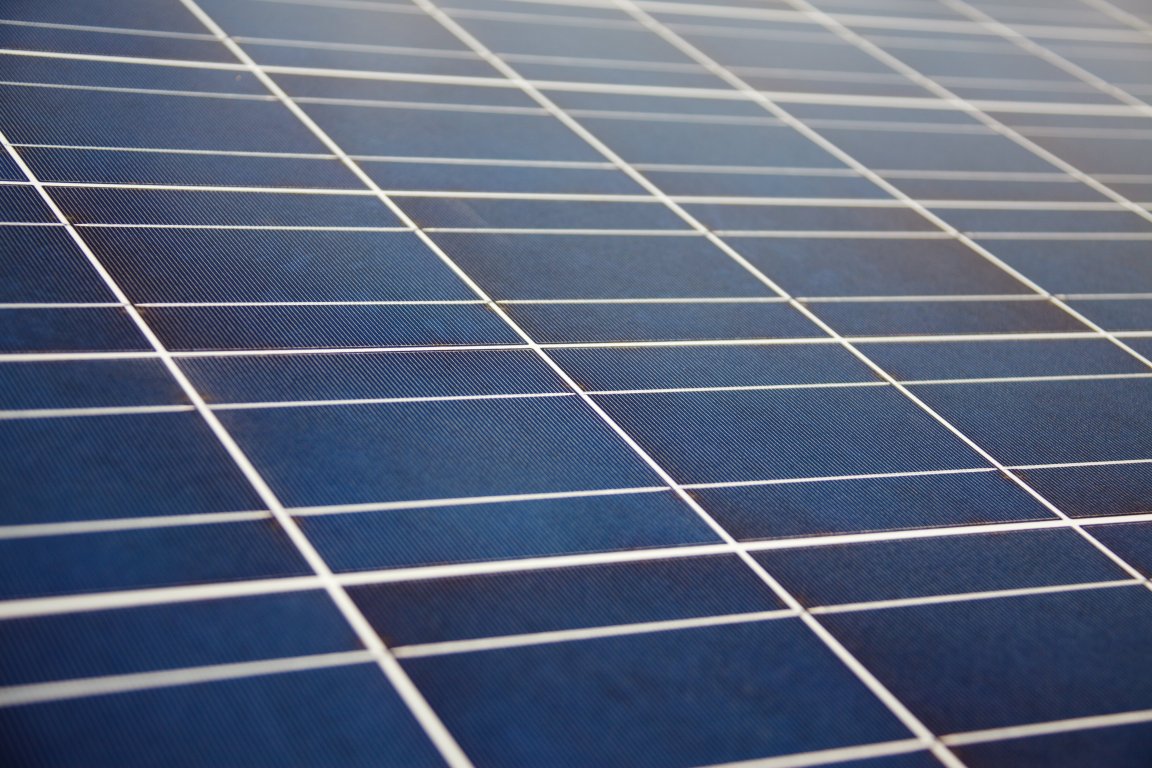
A Synthetic Leaf
The discussion on climate has persisted for decades since we first discovered that there is a man-made influence on the environment. From then, many researchers have come together to finagle innovations that reduce our industrial . One such innovation is the molecular leaf.

Liang-shi Li at Indiana University and an international team of scientists discovered this novel way to recycle carbon dioxide in the Earth’s atmosphere. With the use of light or electricity, the molecule built by the team can convert the notorious into carbon monoxide. The molecular leaf is the most efficient method of carbon reduction to date.
The carbon monoxide generated by this molecule could be reused as fuel. Burning carbon monoxide releases an abundance of energy as well as carbon dioxide. Because converting carbon dioxide back into carbon monoxide requires as much energy as is released by burning carbon monoxide, this potential cycle has been largely one way, leading to a build-up of carbon dioxide. The team’s work could lead to reducing this carbon dioxide build-up by making the conversion cycle more efficient and by harnessing solar power.
A Push Against Greenhouse Gases
The molecule’s nanographene structure has a dark color that absorbs large amounts of sunlight. The energy from the sunlight is then utilized by the molecule’s rhenium “engine” to produce carbon monoxide from carbon dioxide.
The molecular leaf would help us tackle the greenhouse gas effects of carbon dioxide. Since the industrial revolution, we have raised the levels of carbon dioxide from 280 parts per million to 400 parts per million in the last 150 years. Scientists agree that there is a 95 percent probability that human-produced greenhouse gases have increased the Earth’s temperature over the past 50 years.

While Li is glad that his innovation is efficient at tackling greenhouse gases, he hopes to improve the molecular leaf by producing one that can survive in a non-liquid form. The team is also looking for ways to replace the rhenium element with manganese, which is far more common and therefore much more affordable for reproduction. But even without these improvements, the molecular leaf could be powerful tool in the efforts to halt climate change.